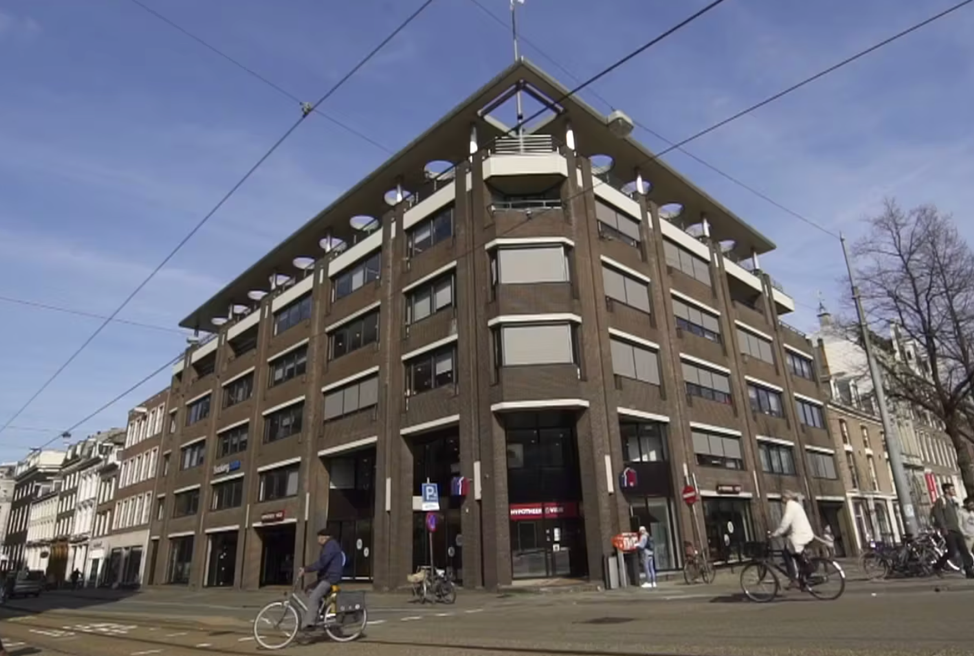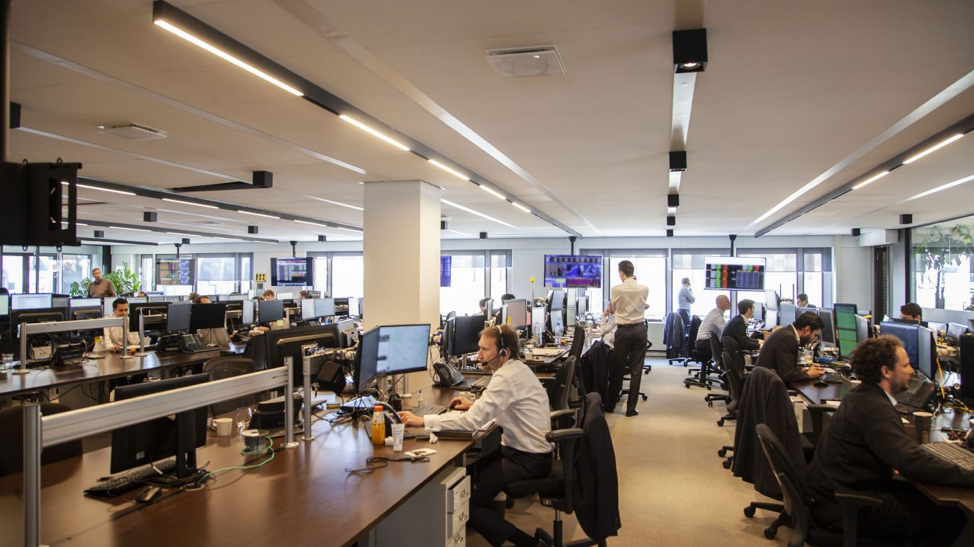STX Group: Visit to Headquarters in Amsterdam
July 14, 2023
Today I had an excellent opportunity to visit STX Group’s headquarters in Amsterdam, the Netherlands. Recently, STX Group announced a 150 million euro deal officially supported by the global banks, marking a significant moment where the banks actively backed up the energy transition in Europe. Walking past the gate, a familiar sight of desks and computers greeted our group. After a brief yet informative office tour, Leah Shine took us to the shared office space on the other side of the street, where Paul Akass gave us a concise and detailed presentation mainly on carbon insetting and how biofuels played a significant role in the logistics sector.
In detail, traditionally, four supply chain stages are involved in the sports sector (Formula 1). In addition to carbon offsetting solutions, STX offers a carbon Inset model for Cargo Holders. This is the basic breakdown: the traditional model has four parts: STX is the supplier, Maersk is the carrier, DHL is a forwarder, and F1 is the cargo holder. For its business, F1 requires a reduction of carbon emissions, which the government usually mandates. There are various methods of how F1 can cut its emissions levels for its logistics, but one way is going through STX, where instead of going through Maersk to carry the cargo, F1 can directly reduce emissions by using services provided by STX. Now it’s lower cost because STX bypassed the carrier. In the process of doing so, STX reaps the profit.

Along with the carbon inset method, a point made by the speaker is dealing with double-counting issues where multiple entities claim carbon credits provided by STX. The speaker explained the model used to ensure that double counting doesn’t happen.
Specifically for its marine insets, currently, the market is quite a niche, and the demand isn’t as high. But soon, STX expects growth in the market where demand and supply also expand, and one of its goals is to help establish a good standard like SBTI used for broader acceptance of book and claim.
One of my takeaways after this visit is that there is always the possibility to take advantage of the niche market: not many offer carbon insetting as a solution, but it can help the transition of vessels through retrofitting the ships using biofuels (which in STX ’s case uses Cashew Oil blend).
Through this session, I see how newer technologies like blockchain can issue certificates securely and avoid traditionally easy-to-make errors.
Offering closing words, I would like to thank Dr. Gangi, Sarah Rogers, and Keegan Dean for making this information session possible.
About the Author
This article was written by Jeehong Jung, Class of 2025. Connect on LinkedIn.
